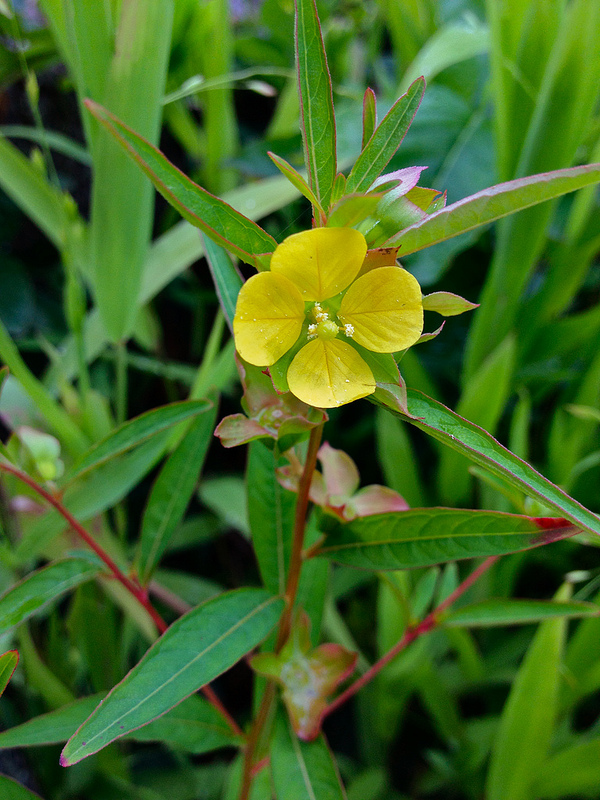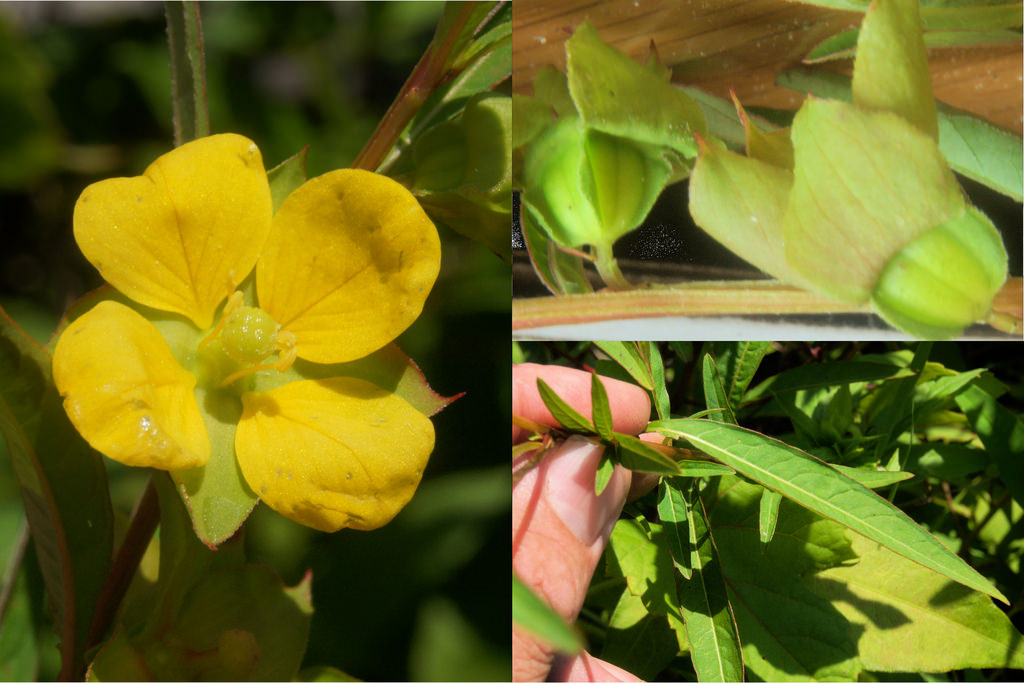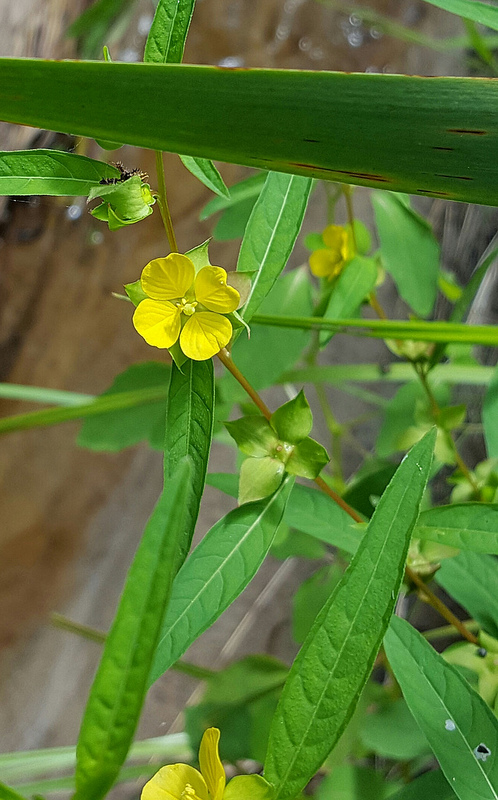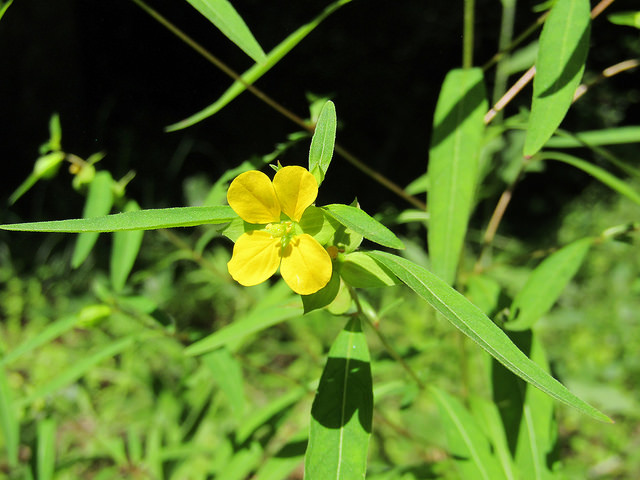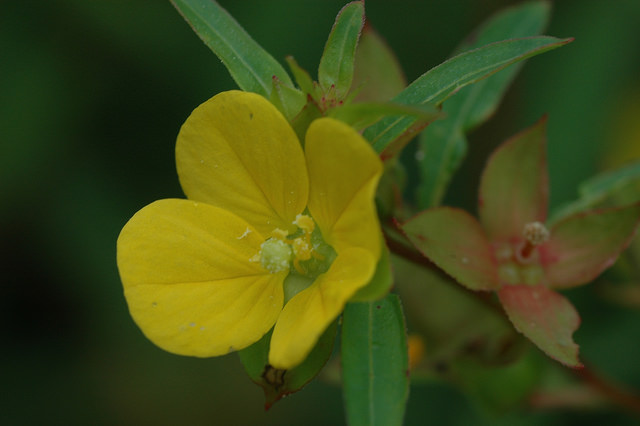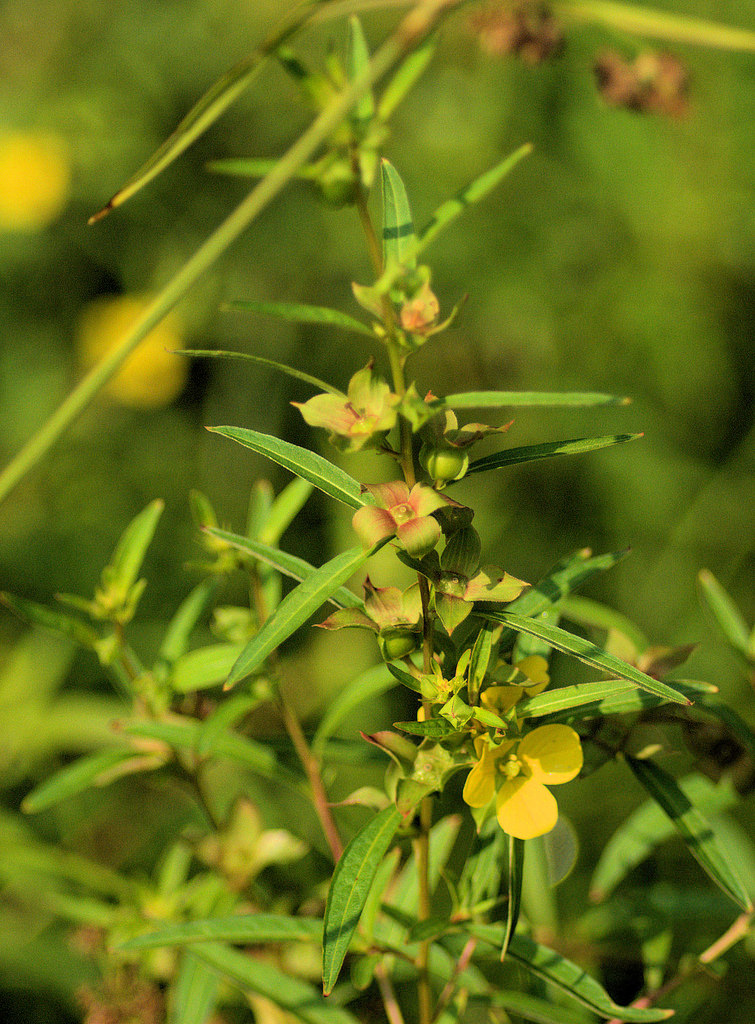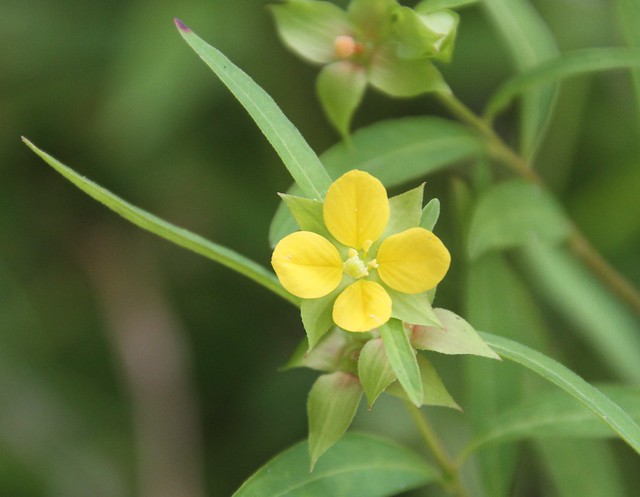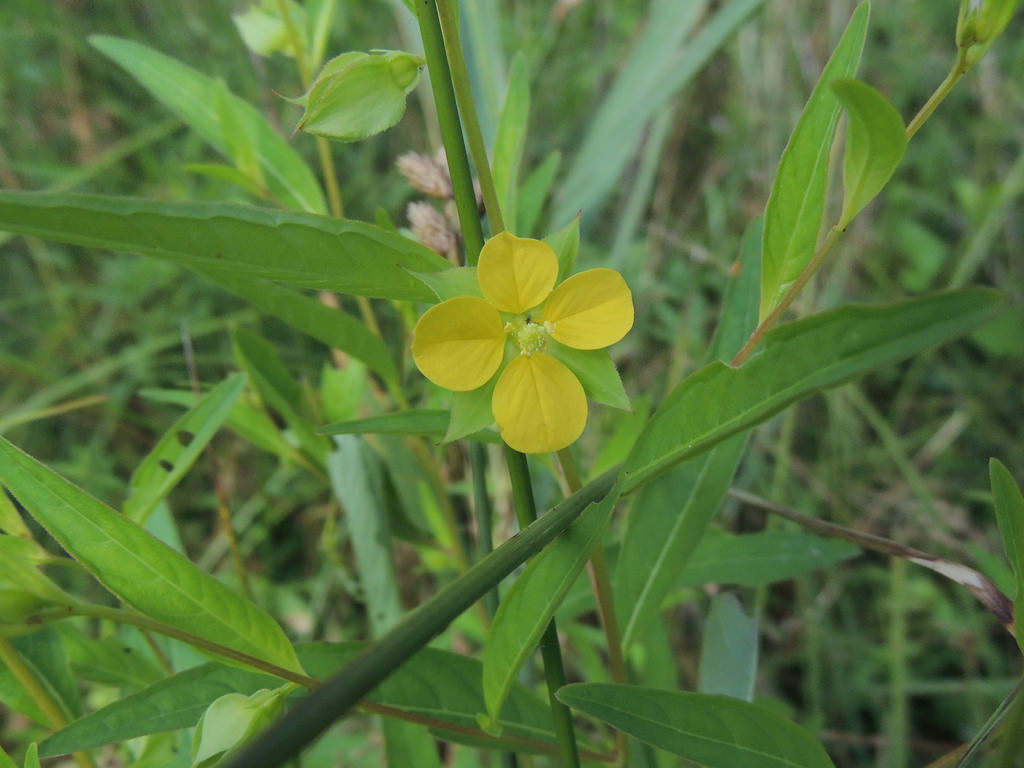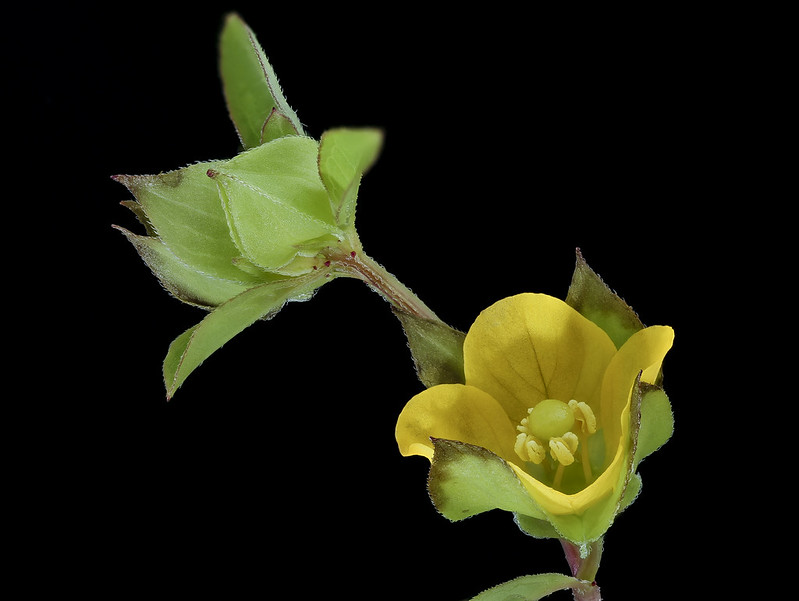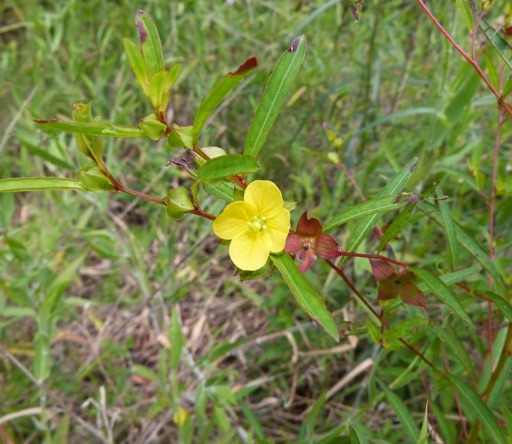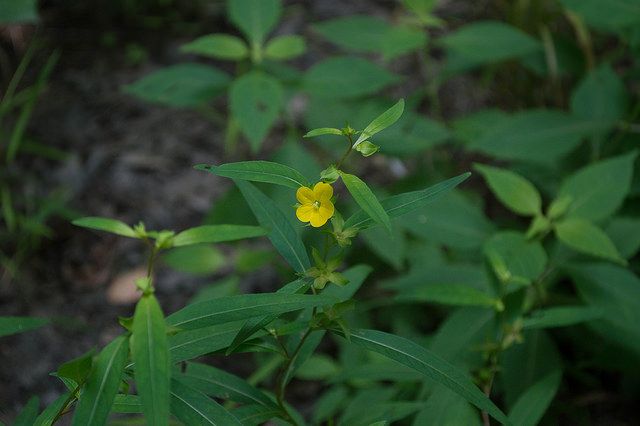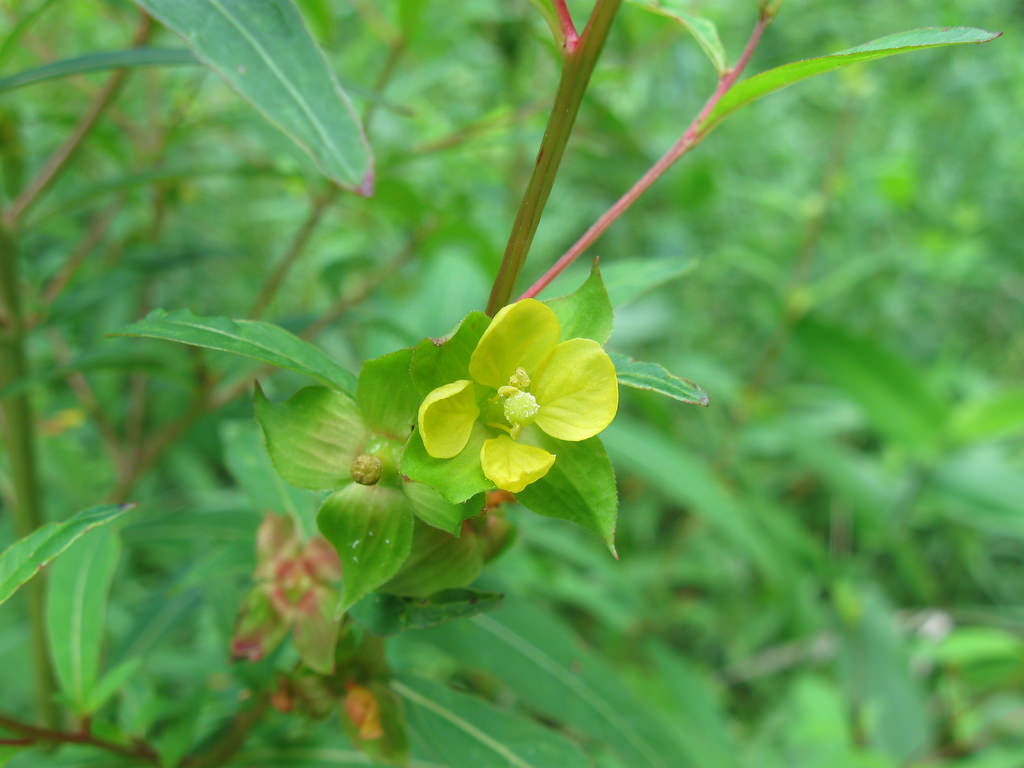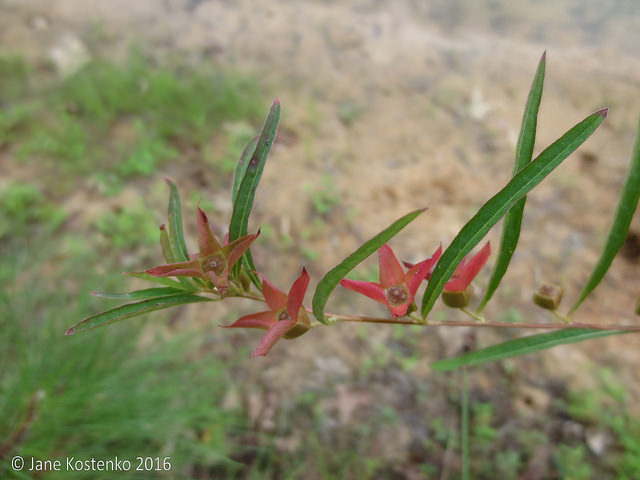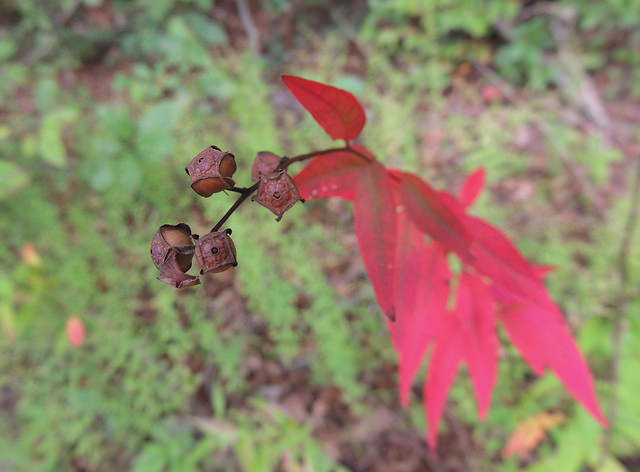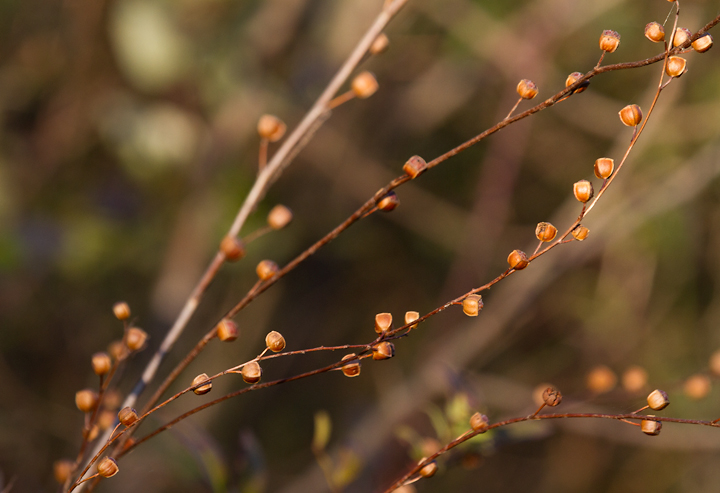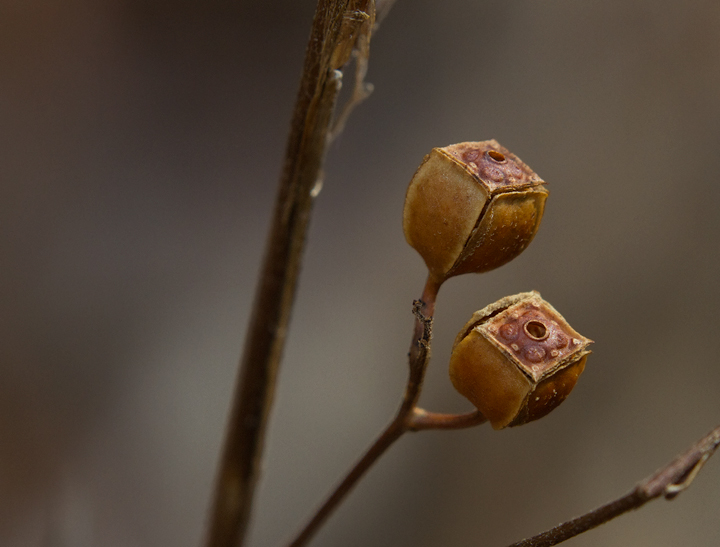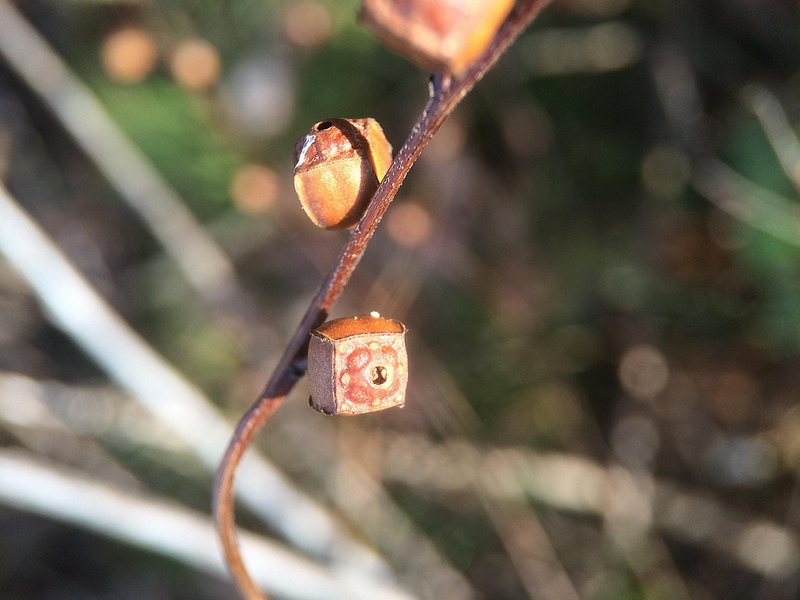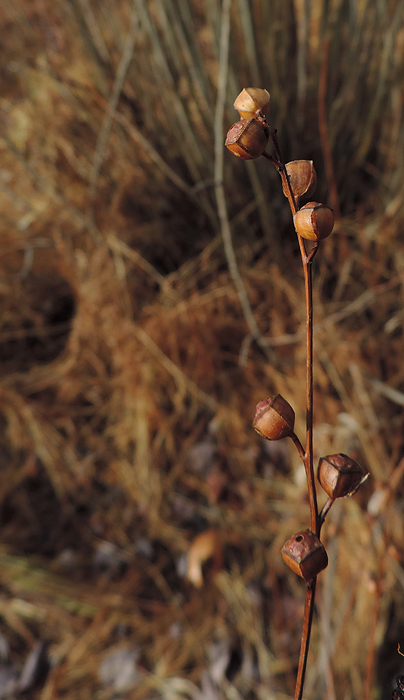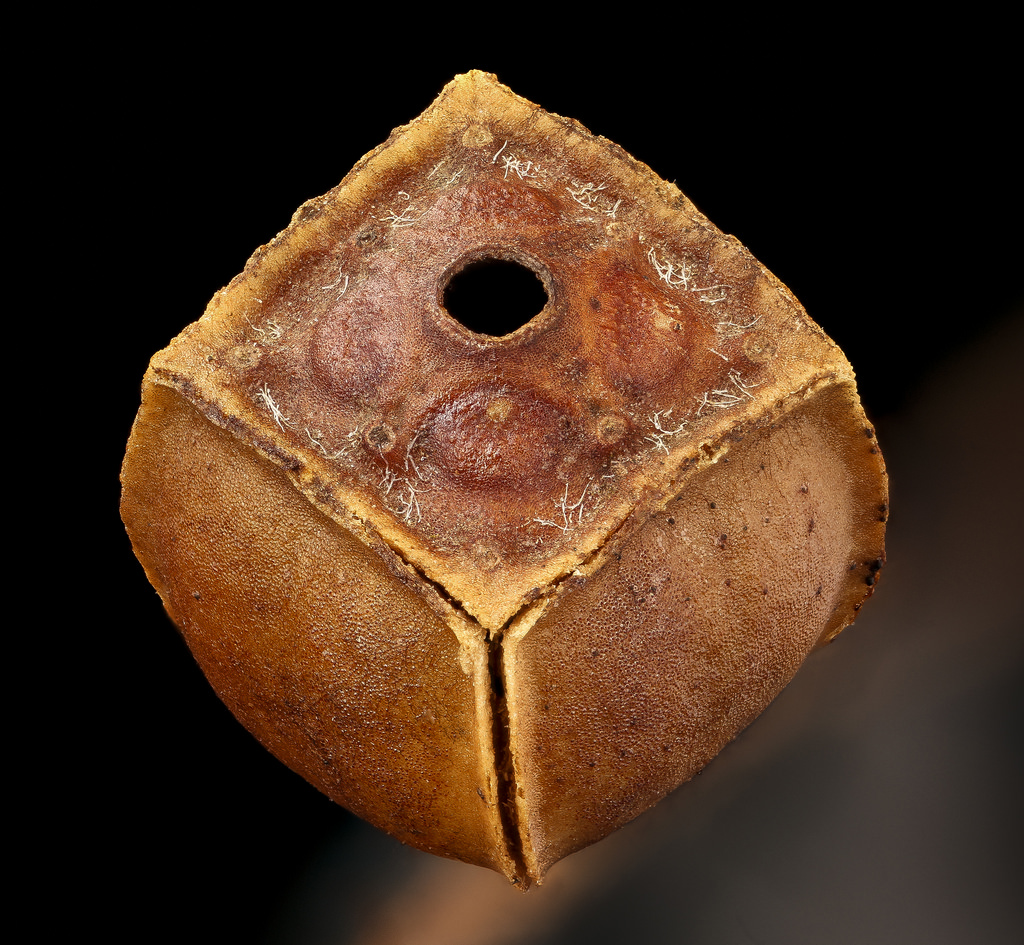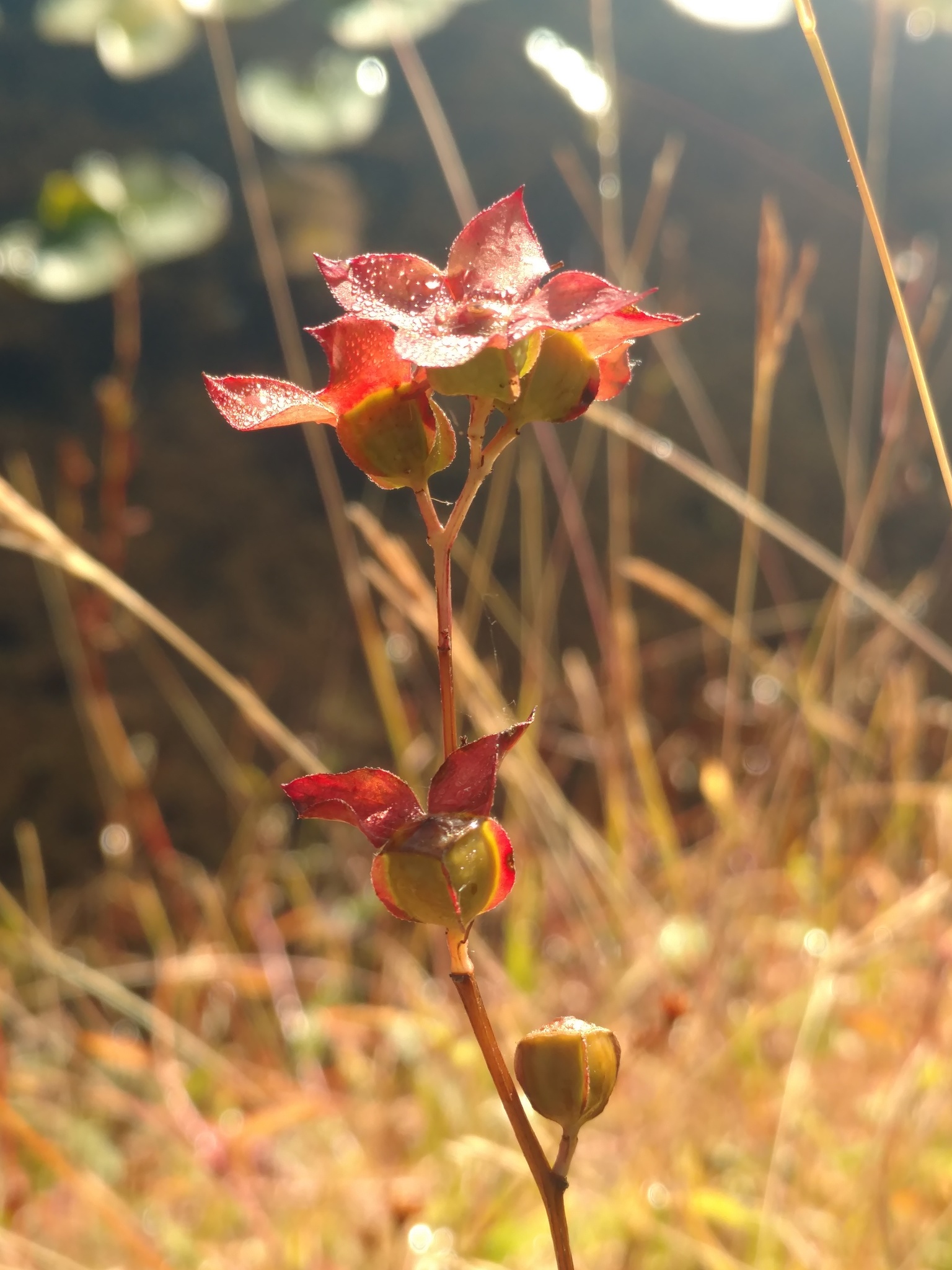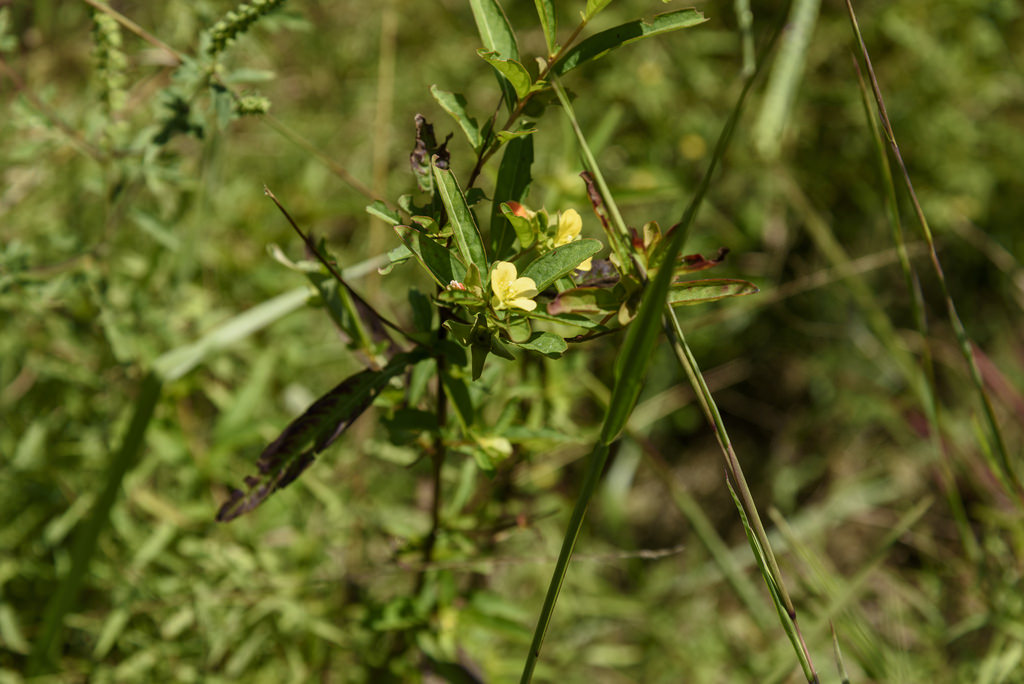Map Snapshot

























484 Records
Seasonality Snapshot
Source: Wikipedia
| Ludwigia alternifolia | |
|---|---|

| |
| Scientific classification | |
| Kingdom: | Plantae |
| Clade: | Tracheophytes |
| Clade: | Angiosperms |
| Clade: | Eudicots |
| Clade: | Rosids |
| Order: | Myrtales |
| Family: | Onagraceae |
| Genus: | Ludwigia |
| Species: | L. alternifolia
|
| Binomial name | |
| Ludwigia alternifolia | |
| Synonyms[3] | |
| |
Ludwigia alternifolia, commonly known as seedbox,[4] bushy seedbox,[2] rattlebox,[5] and square-pod water-primrose,[6] is a herbaceous perennial plant of the family Onagraceae (evening primrose family).[7] It is native to central and eastern North America, growing in marshes, wet meadows, and swamps. It has yellow, four-petaled flowers and brown seed pods that are shaped like a cube.
Description
[edit]Ludwigia alternifolia grows 2–3 feet (61–91 cm) tall on reddish-tinged stems. Leaves are deep green, sharply-pointed, and lance-shaped.[5] They are arranged alternately on the stem and are 1.25–4 in (3–10 cm) long and 0.25–0.75 in (1–2 cm) across. The margins are smooth and sometimes slightly ciliate or reddish. The leaves either have short petioles or are sessile.[8]

Flowers are usually single, growing from the leaf axils on upper leaves. They have four yellow petals and four light green sepals.[9] The mature fruits are brown, cubic capsules with rigid sides, about 0.25 in (0.6 cm) in length.[8]
Etymology
[edit]The genus name Ludwiga is for the 18th century German botanist, Christian Gottlieb Ludwig. The species name alternifolia references the fact that the leaves are alternate.[10]
Distribution and habitat
[edit]
It is native to southern Quebec and Ontario to Kansas and south to Texas and Florida.[4] It grows in habitats that have full to partial sun and wet to moist soil, such as marshes, wet meadows, and swamps.[5][8]
References
[edit]- ^ Smith, K. 2016. Ludwigia alternifolia. The IUCN Red List of Threatened Species 2016: e.T64317439A67730007. https://dx.doi.org/10.2305/IUCN.UK.2016-1.RLTS.T64317439A67730007.en. Accessed on 08 July 2023.
- ^ a b "NatureServe Explorer 2.0". explorer.natureserve.org.
- ^ "Ludwigia alternifolia L." Plants of the World Online. Royal Botanic Gardens, Kew. Retrieved 8 July 2023.
- ^ a b "USDA Plants Database". plants.usda.gov.
- ^ a b c "Ludwigia alternifolia - Plant Finder". www.missouribotanicalgarden.org. Retrieved 2022-01-18.
- ^ "Ludwigia alternifolia (square-pod water-primrose): Go Botany". gobotany.nativeplanttrust.org.
- ^ Bodner, James H. Miller, Karl V. Miller ; featuring photography by Ted (2005). Forest plants of the Southeast and their wildlife uses (Rev. ed.). Athens: University of Georgia Press. ISBN 9780820327488.
{{cite book}}: CS1 maint: multiple names: authors list (link) - ^ a b c "Seedbox (Ludwigia alternifolia)". www.illinoiswildflowers.info.
- ^ "Ludwigia alternifolia page". www.missouriplants.com.
- ^ Denison, Edgar (2017). Missouri Wildflowers (Sixth ed.). Conservation Commission of the State of Missouri. p. 148. ISBN 978-1-887247-59-7.

